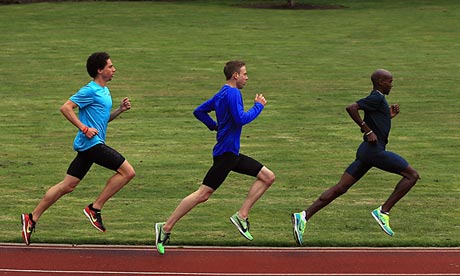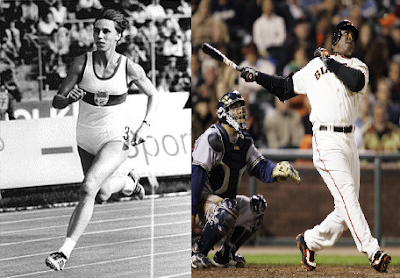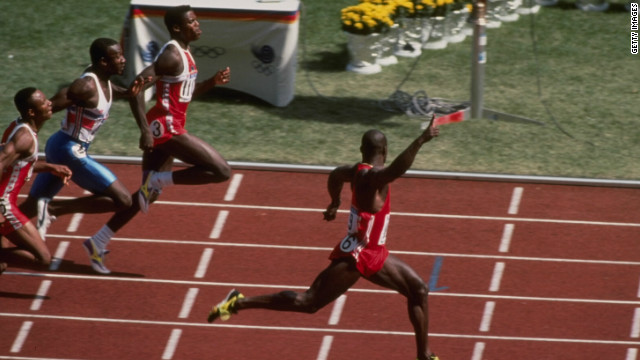Ryan Braun admits to PED use in MVP season
Surprising no one, Ryan Braun admitted last week that he was using testosterone in 2011, the year in which he won the National League MVP. For those unaware, Braun was able to get his positive test nullified by claiming that his sample was handled incorrectly, or more specifically, that it was left out of a refrigerator for too long. Of course, a non-refrigerated sample would lead to quicker degradation of his sample and should, in theory, be beneficial to him. Upon testing positive, Braun proceeded to attack the sample handler, ultimately costing him his job, and state with conviction that he had never taken a performance enhancing drug.Braun's teammates have recently said that they will welcome him back into the clubhouse and that the past is past. I'm obviously not a professional baseball player, but I think the best thing they could have done would have been to not to speak to the media about the issue. Other Brewers players cannot publicly shame Braun, but he is a cheater who defiantly stated otherwise--I don't think publicly welcoming him back with open arms is exactly the best example. Other athletes have previously done what Braun his done (read: Lance Armstrong) and they've gotten killed for it. I'm not sure why Braun isn't getting the same treatment.
Breaking news: Track and field has a doping problem
Okay, so it's not really breaking news. Athletics has a long history of doping problems; one simply needs to glaze over the list of doping busts in athletics to realize this, and then remember that these only the ones who got caught. Regardless, last Friday, the New York Times ran a front page story stating that roughly 29% of athletes participating in the 2011 IAAF World Championships in Athletics (WC) had doped in the year running up to the championships. This conclusion was the result of an anonymous, randomized response survey conducted at the World Championships and the 2011 Pan Arab Games. The researchers reported over 2000 responses--to break that down, there were 295 T&F athletes at the Pan Arab Games and 1867 participants at the IAAF World Championships. Based on these numbers, we can infer that most, if not all, of the WC athletes were surveyed. |
| Who's clean? |
Twenty-nine percent is not a stunning result. It's also most assuredly an underestimation of the actual number of athletes doping. Despite guaranteed anonymity, some athletes could have motivation to lie about their use, either as a way of lying to themselves to make them think they aren't doing anything wrong or just to protect themselves in case the anonymity of the survey was compromised (note that dopers are notorious liars). There is not, however, any conceivable motivation that would cause a clean athlete to say that they were dirty.
The article also states that WADA labs found less than 2% of its samples to be dirty. It's unclear whether this was 2% of the samples from the athletes surveyed or 2% of all WADA samples; regardless, it's clear that whatever WADA is doing isn't doing a whole lot to curtail doping in sports. Not that we'd ever see the data, but I'd love to know what percent of the 29% advanced out of their heats at the WC (and out of semis, etc.). It would of course be interesting to see how many finalists are dirty, but I think that many people would be surprised at the number of dirty athletes who don't advanced out of their first rounds. It would give a nice illustration to the depth of the problem.
Misc.
 |
| BOOM. |
- Love watching Mariano Rivera pitch. Always have. I do my best to catch the end of Yankee games in hope that he might come onto the mound. Truly a once-in-a-generation player and by all accounts, an even better man.
- With all the drama surrounding Johnny Manziel, I can only notice how screwed up the NCAA is. The NCAA is supposed to protect its student-athletes when often times it seems like it's out to get them. There is no easy solution. Somewhat related, but it's also time to remove football from Title IX funding consideration. Title IX is literally killing men's collegiate sports (and it hits close to home because often times it's track teams that get cut) and it's time for amendment to address the anomaly that is college football.
- I want Jadeveon Clowney on the Patriots. Not that it'll ever happen, but I can't think of many things more frightening than a defensive line of Chandler Jones, Vince Wilfork, and Clowney. Christ. Speaking of Clowney, here's a great New York Times piece on him. Also, because it happened against Michigan, the Hit.
- As a sports fan, the fall might be my favorite season of the year. Baseball pennant races and playoffs, college and pro football, and cross country are all underway and then in the middle of it all, basketball and hockey start back up again. Gotta love it.
- Haven't watched a 30 for 30 that I haven't enjoyed. One of the best things ESPN has done as of late.
- What's the deal with Tim Lincecum? His arm has bipolar disorder or something--someone tell the Giants' team doctors to give it lithium injections. Or maybe he just needs his long hair again.
- Alex Rodriguez's suspension hearing has been pushed to November. Oh well.
- Go Buckeyes.




























